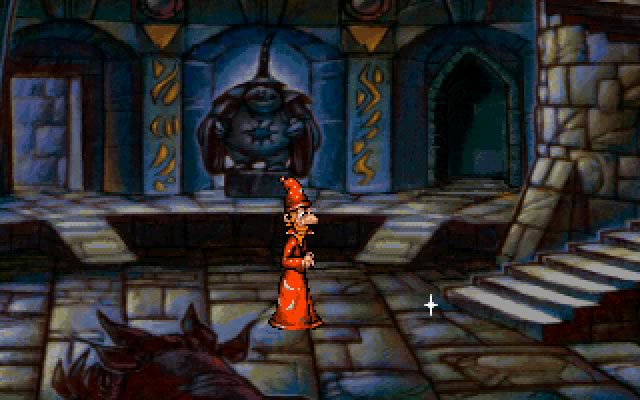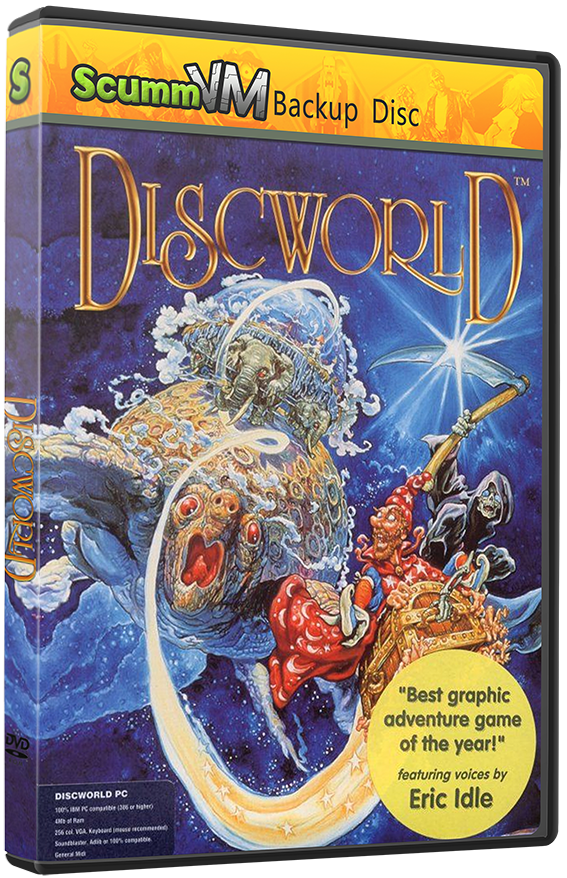

Perhaps I was simply too used to the cartoon aesthetics of Paul Kirby that had come before.īy using this style, it loses a lot of its character, resting all of its charms on the shoulders of the script and voice talent. Sure, the technical aspects are on full display, but the artistry seemed to take second place for the most part. Even at the time of its release in 1999, this style looked off to me. The only real time 3D character is Lewton himself, but his model does revert during cut scenes and certain conversations. The graphics are no longer hand-drawn but uses a pre-rendered CGI style with a heavy emphasis on mood lighting. So far, it's your regular Raymond Chandler with chuckles, but things soon escalate into a tangled web of conspiracies. It begins with private detective Lewton (our protagonist for the game - so long Rincewind) being hired by a busty dame named Carlotta to investigate a murder.

While the first two were based on Guards! Guards! and Reaper Man respectively, Discworld Noir takes its cues more from Elmore Leonard than Terry Pratchett. Unlike the first two games, this is not based on any particular text but is its own self-contained tale.

With it's dark, rain-drenched aesthetic, Discworld Noir would spell the death knell for Perfect 10 Entertainment, but they were adamant that they would go out with a bang.Īs you would expect from its title, Discworld Noir takes on the classic tropes of the Film Noir detective stories of 40s Hollywood - the femme fatale, the grizzled detective, the stoic narration - but with added funnies. While the first two Discworld games had a colourful cartoony approach, the third game in the series went in a completely different direction.


 0 kommentar(er)
0 kommentar(er)
